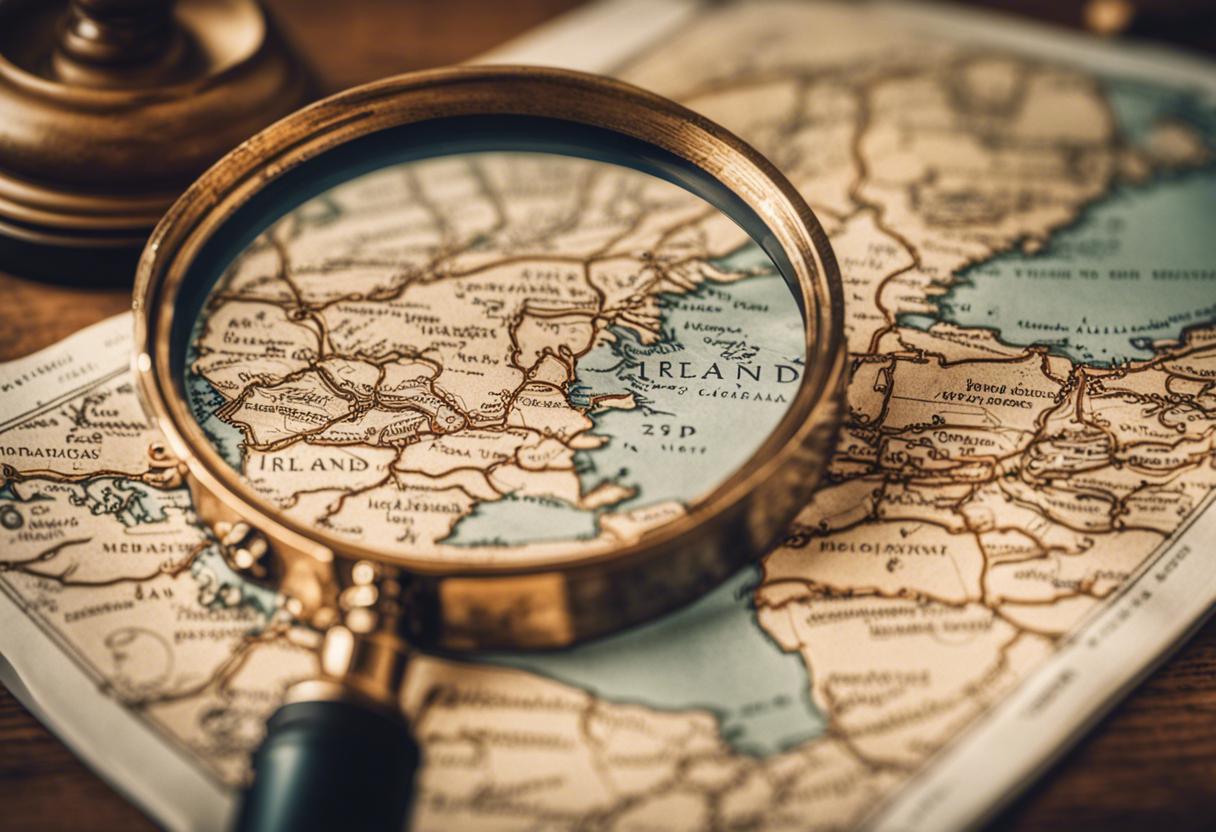This year, the Ordnance Survey is celebrating 200 years of its existence in Ireland, and it’s been rebranded as Tailte Éireann while in Northern Ireland, it’s referred to as OSNI. The historic journey of this mapping agency from its inception in 1824 is depicted by Finnian O’Cionnaith, a skilled land surveyor.
O’Cionnaith provides a summarised account over 129 days, discussing the workings of important committees, pivotal individuals, and conflicts that arose. Before 1824, while numerous surveys of Ireland were conducted, the country was without a dependable cartographic agency. The meticulously calculated triangulation network by the Ordnance Survey established the plan. However, the British survey, commenced in 1791, and the later Irish survey are distinct from each other.
The Irish survey originated from a political bargaining point, fundamentally military, but essentially civilian. A prominent problem was tax restructuring, owing to the need for a fresh appraisal of the country, land taxes were the focus. This development mirrored Ireland’s post-union condition, indicating the approaches employed were governed by Westminster’s demands.
Considerable discussions and negotiations transpired amidst an unpredictable political environment. The challenge faced by surveyors was significant as they had to map complex mazes of small regions, townlands, some only a few dozen acres. But, apprehension lingered in rural Ireland due to past mapping projects and forced land acquisitions, leading occasionally to skirmishes.
The role of the parliamentary commission forms the crux of the story in the emergence of the OSI, incorporating testimonies from various individuals. Significant figures like Thomas Spring Rice, Arthur Wellesley (the Duke of Wellington) and Maj Thomas Colby are extensively described by the author. Richard Griffith’s Valuation, a key milestone in Irish engineering and named after the lead figure in the project, is of great value today to historians and archivists researching land and property details.
Overall, this is not just a precious glimpse into the early days of Ireland’s mapping history but an engaging introduction that potentially opens up further exploration into this subject matter.

